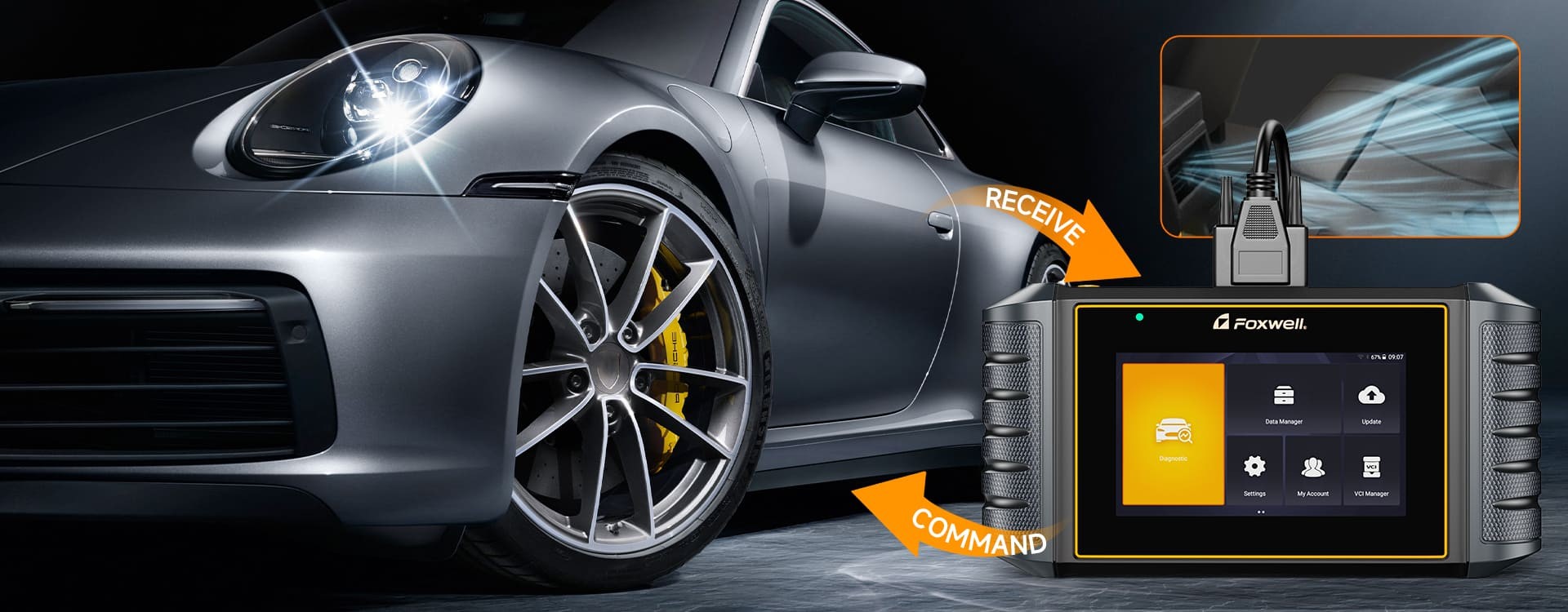Does your car’s airbag light ominously glow on your dashboard? Are you wondering if a standard OBD2 scanner can decipher the issue? Understanding how to diagnose airbag problems is crucial for ensuring your vehicle’s safety. This article delves into whether OBD2 scanners read airbag codes, what kind of scanner you need, and how to use it.
A standard OBD2 scanner, primarily designed for engine and emission diagnostics, typically cannot read airbag (SRS) codes. Airbag systems, known as Supplemental Restraint Systems (SRS), require a specialized scanner with the capability to communicate with the SRS module. These advanced scanners possess the necessary software and hardware to access and interpret the specific codes related to the airbag system.
Why a Specialized Scanner is Needed for Airbag Codes
Airbag systems are complex and safety-critical. They utilize a network of sensors, modules, and actuators that require specialized diagnostic equipment. Here’s why a dedicated SRS scanner is essential:
Dedicated Communication Protocols:
SRS systems employ unique communication protocols that differ from the standard OBD2 protocols used for engine diagnostics. A specialized scanner understands these protocols, enabling it to retrieve accurate information from the SRS module.
In-Depth Diagnostic Capabilities:
Beyond simply reading codes, advanced SRS scanners offer comprehensive diagnostic functions. They provide detailed fault information, live data streaming from airbag sensors, and sometimes even bi-directional control for testing components. This level of detail is crucial for accurate troubleshooting.
Manufacturer-Specific Codes:
Airbag systems often include manufacturer-specific codes that generic OBD2 scanners can’t interpret. Specialized scanners are designed to handle these codes, providing a more complete picture of the airbag system’s health.
Choosing the Right Scanner for Airbag Codes
When selecting a scanner for airbag diagnostics, consider the following factors:
SRS System Compatibility:
Ensure the scanner explicitly states its compatibility with SRS or airbag systems. Look for scanners that support a wide range of vehicle makes and models, including your specific vehicle. Regular firmware updates are also essential for staying current with newer car models.
Enhanced Diagnostic Functions:
Opt for a scanner that offers features beyond basic code reading, such as live data streaming, bi-directional control, and the ability to clear fault codes. These functionalities aid in pinpointing the root cause of airbag issues.
User-Friendly Interface:
A scanner with an intuitive interface, clear display, and easy-to-navigate menus simplifies the diagnostic process. Some scanners even provide guided diagnostics or troubleshooting tips.
How to Use an Airbag Scanner
Once you have the appropriate scanner, follow these general steps:
-
Locate the OBD2 Port: This port is typically located under the dashboard on the driver’s side.
-
Connect the Scanner: Turn the ignition to the “on” position (but don’t start the engine) and connect the scanner to the OBD2 port.
-
Select SRS or Airbag System: Navigate the scanner’s menu to select the airbag or SRS system.
-
Read and Interpret Codes: Initiate the scan and retrieve the fault codes. Consult the scanner’s manual or an online database to understand the meaning of each code.
-
Clear Codes (After Repair): After addressing the underlying problem, use the scanner to clear the fault codes and reset the airbag warning light.
Airbag Warning Light: Don’t Ignore It
If your airbag warning light illuminates, it indicates a potential problem within the SRS. Ignoring this warning could compromise your safety in the event of a collision. Prompt diagnosis and repair are essential.
Conclusion: Prioritize Safety with the Right Tools
While a standard OBD2 scanner might not suffice for airbag diagnostics, investing in a specialized SRS scanner empowers you to address airbag issues effectively. Remember, a functioning airbag system is paramount for your safety and the safety of your passengers. Don’t hesitate to seek professional assistance if you encounter complex airbag problems.
